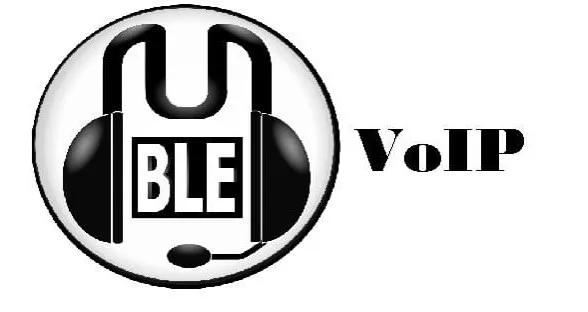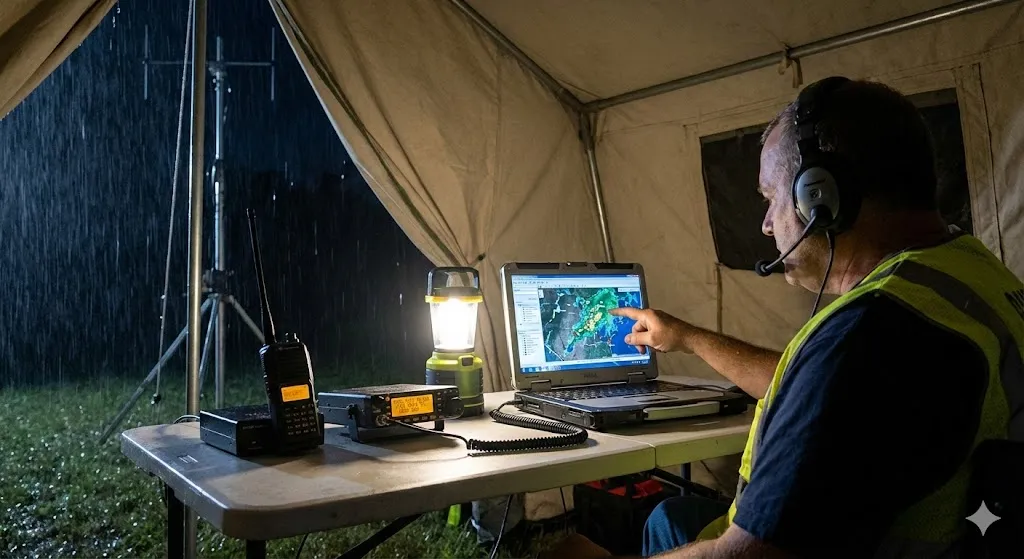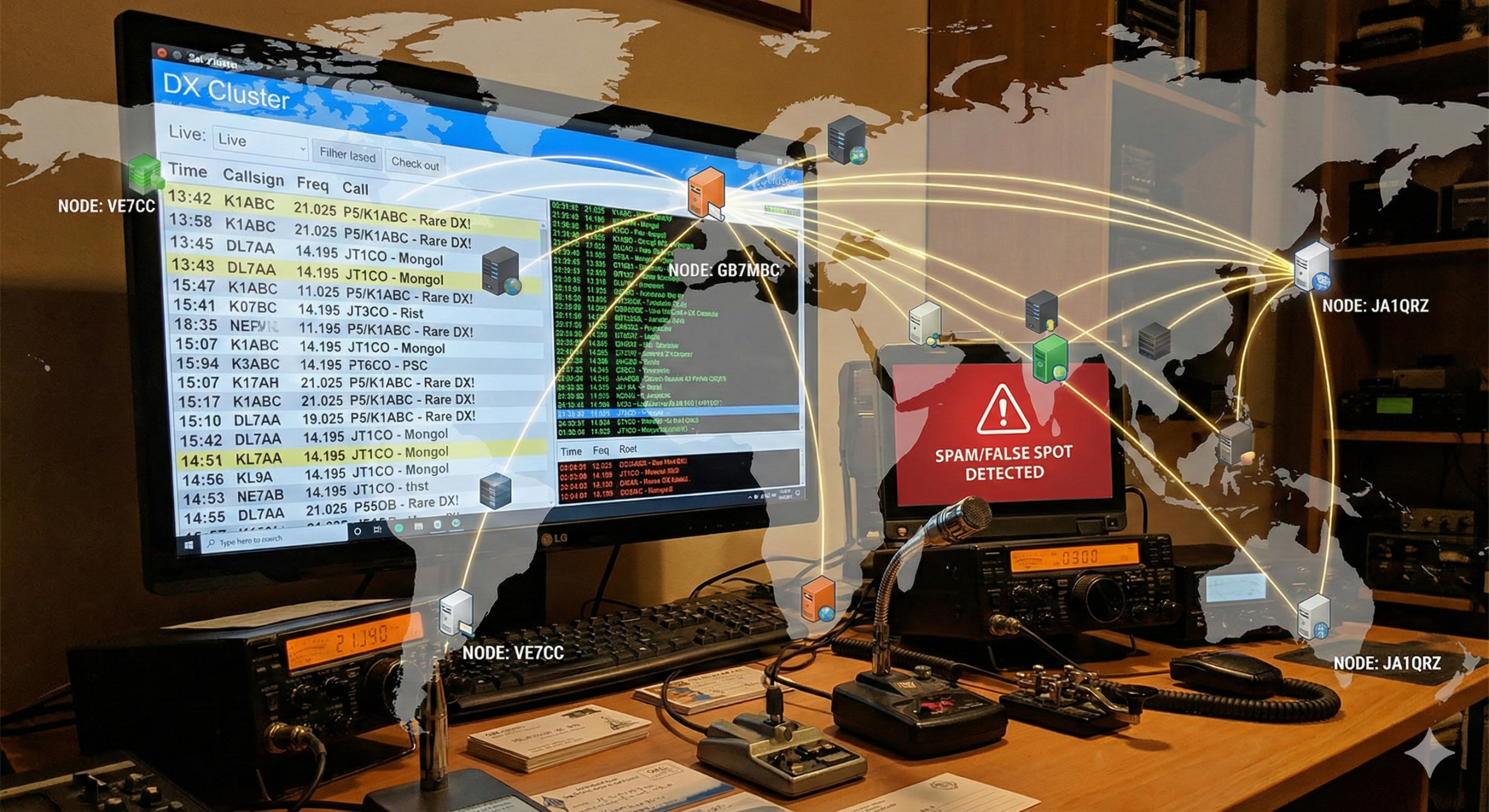amateur radio
electronics
ham radio
transceiver
AmateurRadio, contesting, DigitalModes, dutyCycle, emergencycommunications, ft8, hamradio, HamRadioOperator, hamtech, HFRadio, qrp, radiocommunication, RadioFrequency, radiohobby, RadioPropagation, radioscience, radioTransmitters, radiowave, rfengineering, SSB
9M2PJU
0 Comments
Understanding Transmitter Duty Cycle and Digital Modes
By Mason Turner, AF4MT
What is Duty Cycle?
In the world of amateur radio, duty cycle refers to the ratio of time a transmitter is active (ON) compared to the time it is inactive (OFF). This is crucial in determining how much strain is placed on a radio’s components, particularly during continuous transmissions.
Unfortunately, most radio manufacturers do not provide detailed duty cycle information for their transmitters. To better understand this concept, let’s consider a fictional HF transceiver called the Z1000. The Z1000 operates across the 10m to 160m bands, and below is its duty cycle specification:
| Power Output | Duty Cycle | Duty Cycle Period (DCP) | SWR | Ambient Temp (°F) | Voltage (V) | Carrier | Frequency Range |
|---|---|---|---|---|---|---|---|
| 100W | 50% | 10 min | 1:1 | <85° | 13.8 | Constant | Full |
| 75W | 60% | 10 min | 1:1 | <85° | 13.8 | Constant | Full |
| 50W | 70% | 10 min | 1:1 | <85° | 13.8 | Constant | Full |
| 30W | 80% | 10 min | 1:1 | <85° | 13.8 | Constant | Full |
| ≤25W | 100% | 10 min | 1:1.5 | <90° | 13.8 | Constant | Full |
Duty Cycle and FT8
FT8 is a widely used digital mode on HF bands, known for its 42% duty cycle. While this appears to fall within the Z1000’s 100W duty cycle rating, the Duty Cycle Period (DCP) mismatch presents a challenge.
The Z1000 allows continuous transmission for 5 minutes, followed by 5 minutes of cooldown at 100W. However, FT8 operates on a 15-second transmit/receive cycle. This short cycling may not allow adequate cooling, potentially causing overheating over time. Despite FT8’s lower overall duty cycle, the repeated transmission bursts may push the radio beyond its safe thermal limits if operated at full power.
Constant Carrier (CC) vs. Dynamic Carrier (DC)
A common debate among hams concerns digital vs. analog modes and their impact on transmitter duty cycles. Some claim that digital modes use a constant carrier (CC), implying a 100% duty cycle, but this is incorrect.
For example, FT8 has a 30-second DCP with an actual duty cycle of 42%, meaning it is not a true CC mode. Conversely, SSB voice transmissions (DC) have fluctuating amplitude levels, resulting in lower average power output compared to digital modes.
To analyze the duty cycle impact, we must distinguish between average wattage (AW) and peak wattage (PW):
- Constant Carrier (CC) transmissions have identical AW and PW.
- Dynamic Carrier (DC) transmissions (e.g., SSB voice) fluctuate, requiring AW calculations.
For example, a 100W SSB transmission may have an average wattage of 65W, which would be used to estimate the duty cycle effect.
FT8 Transmission Characteristics
| Parameter | Value |
|---|---|
| Duty Cycle | 42% |
| Duty Cycle Period | 30 seconds |
| Carrier Type | Constant |
| Frame Duration | 1 minute |
| Time Slots per Frame | 4 |
| RX Slots per Frame | 2 |
| TX Slots per Frame | 2 |
| Time Slot Duration | 15 seconds |
| Time Transmitting Per Slot | 12.6 seconds |
| TX Slot Duty Cycle | 84% over 15 seconds |
| Time Transmitting per Frame | 25.2 seconds |
Key Takeaways
- Always check the manufacturer’s duty cycle specifications if available. If not, operate conservatively to prevent overheating.
- FT8’s duty cycle (42%) is within limits for many radios, but the short transmit/receive cycles may cause excess heat buildup.
- SSB voice transmissions have lower average wattage, making them less stressful on transmitters compared to digital modes at full power.
- Reducing power output for digital modes improves radio longevity and reduces thermal stress.
Hopefully, this clarifies duty cycle considerations for HF digital operations. Have questions? Feel free to reach out at [email protected].
73,
Mason Turner – AF4MT







Post Comment